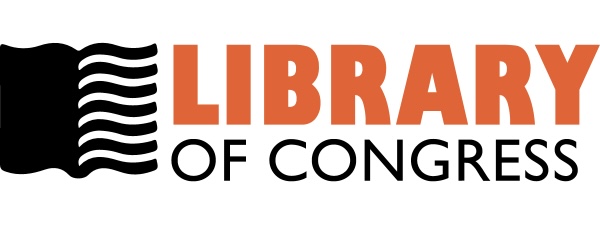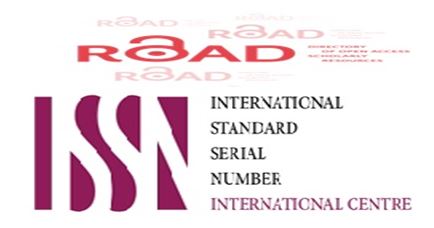Similar Articles
- Hanan H. Hassan, Perry H. Saif ullah , Exogenous Insulin Effect on the Initiation of Breast Cancer in Type 2 Diabetes Mellitus Patients , Journal of the Faculty of Medicine Baghdad: Vol. 66 No. 3 (2024): Journal of the Faculty of Medicine Baghdad
- Enas Jwad Kadhim, Ashwaq T. Kareem, Isolation and Identification of Phenolic Compounds in Guava Leaves and Assessment of their Cytotoxic Effects Against AMJ-13 and MCF-7 Breast Cancer Cell Lines , Journal of the Faculty of Medicine Baghdad: Vol. 66 No. 3 (2024): Journal of the Faculty of Medicine Baghdad
- Ali M. Al-Shakarchi, Sazan A. Alatrooshi, The Correlation of P53 and MSI Immune Markers in Gastric Adenocarcinoma , Journal of the Faculty of Medicine Baghdad: Vol. 66 No. 2 (2024): Journal of the Faculty of Medicine Baghdad
- Wed L. Khalil, Huda S. Al-Hayanni, Molecular Detection of the mecA and some Virulence Determinants in Methicillin-Resistant Staphylococcus aureus , Journal of the Faculty of Medicine Baghdad: Vol. 66 No. 2 (2024): Journal of the Faculty of Medicine Baghdad
- Fatima O. Abd alkareem, Ban J. Mohamad, Immunohistochemical Expression and Histopathological Role of CD47 in Colorectal Cancer in Iraqi Patients , Journal of the Faculty of Medicine Baghdad: Vol. 66 No. 2 (2024): Journal of the Faculty of Medicine Baghdad
- Ammar H. Al-qazzaz, Anwar F. Altaie, The Role of Omentin-1 and Fibroblast Growth Factor-23 in Iraqi Patients with Prostate Cancer during Chemotherapy , Journal of the Faculty of Medicine Baghdad: Vol. 66 No. 3 (2024): Journal of the Faculty of Medicine Baghdad
- Karar H. Alkashaf , Samer I. Mohammed, Impact of Clinical Pharmacist Intervention on Chemotherapy Knowledge, Attitude, and Practice among Breast Cancer Women , Journal of the Faculty of Medicine Baghdad: Vol. 66 No. 1 (2024): Journal of the Faculty of Medicine Baghdad
- Hiba S. Kareem, Wifaq M. Al-Wattar, Evaluation of Two Readings for the QuicGM Aspergillus Lateral Flow Assay in a Group of Immunocompromised Patients in Iraq , Journal of the Faculty of Medicine Baghdad: Vol. 66 No. 2 (2024): Journal of the Faculty of Medicine Baghdad
- Bashar A. Abdulhassan, Qahtan A. Mahdi, Mushtaq T. Meeshal, Muhammed H. Ali, Sajjad M. Ali Kadhim, Ali Noori, Descriptive Study of Patients Referred for Colonoscopy at Gastro-enterology Unit at Al-Imamain Al-Kadhemain Medical City in Baghdad , Journal of the Faculty of Medicine Baghdad: Vol. 66 No. 1 (2024): Journal of the Faculty of Medicine Baghdad
- Mays M. Abbas, Lujain A. Alkhazrajy, Knowledge, Attitudes and Practices Regarding the Screening of Colorectal Cancer among Primary Care Physicians in Baghdad During 2022 , Journal of the Faculty of Medicine Baghdad: Vol. 66 No. 1 (2024): Journal of the Faculty of Medicine Baghdad
You may also start an advanced similarity search for this article.




















 Creative Commons Attribution 4.0 International license..
Creative Commons Attribution 4.0 International license..


